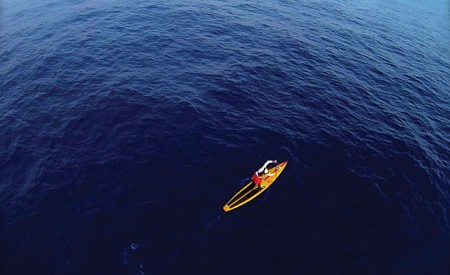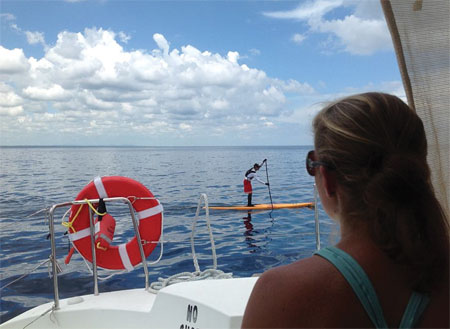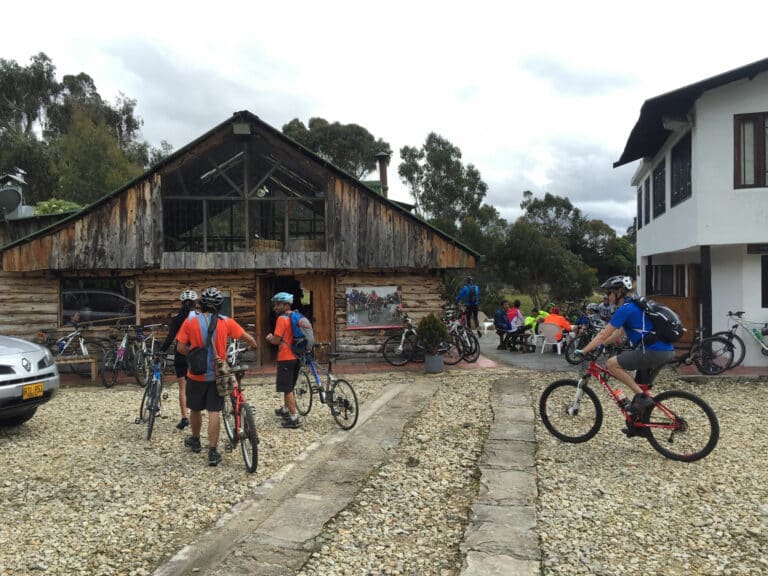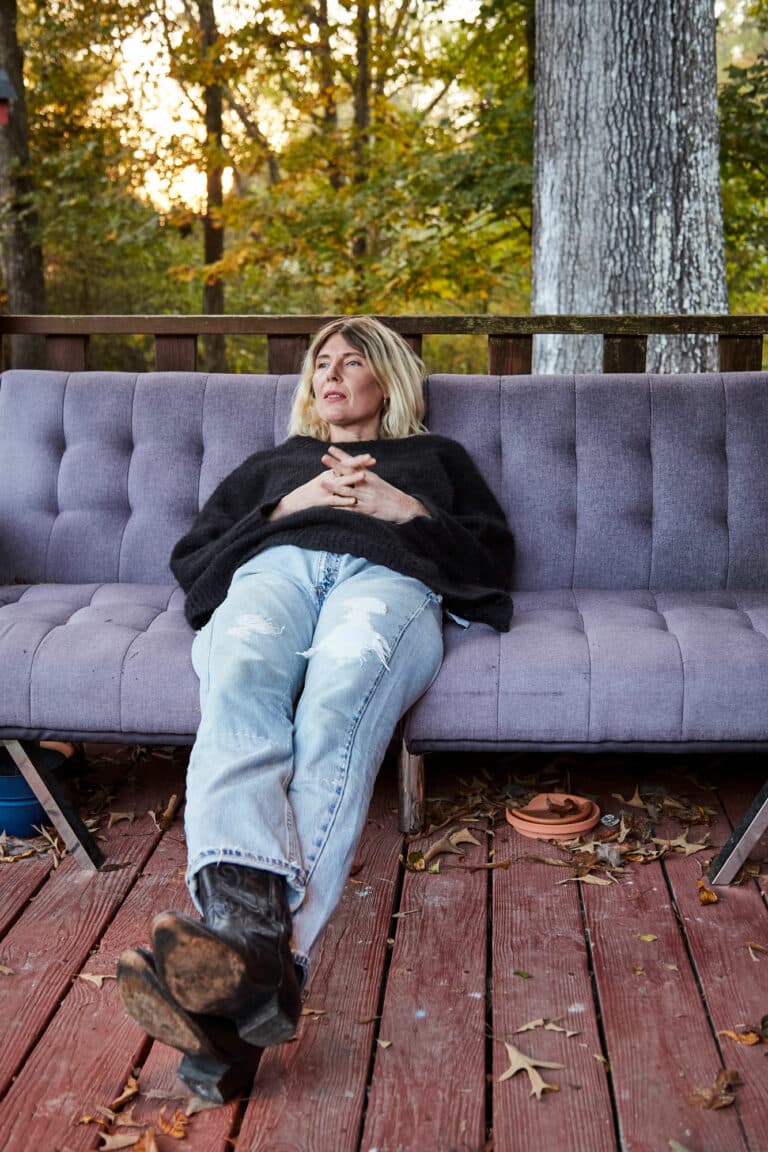“You only get one shot at something like that,” Ben Friberg said shortly after becoming the first person ever to paddleboard from Cuban to American soil. He crossed 118 miles of open ocean from Port Hemingway, Cuba, to Key West, Florida.
“You have to make a call on your most likely weather window for success, and if you choose wrong, you cannot go back to Cuba and try again. You have committed by expending your body’s strength and checking out of the country.” After one possible window that Friberg and team member Kim Sutton elected to skip immediately after arriving in Cuba, a new weather opening appeared four days later. The team waited in Port Hemingway, a suburb of Havana, and immersed themselves in the culture.
As the window arrived, Friberg stepped into the sun from a press conference with Cuban politicians and international news organizations, including the BBC. It was time to go home. Friberg follows in the footsteps of swimmers who have made this historic crossing… names like Penny Palfrey, Diana Nyad, and Chloe McCardel have made that swim in the past, braving jellyfish and shark hazards. But SUP has its own set of challenges.
Ben stepped onto his board and paddled out of the harbor, with the Sunluver support boat on his left, piloted by Captain Bob Olin, and Hunt Jennings, a close kayaking friend, on his right. It was Thursday afternoon, and it was going to be a long night.
“I often compare endurance SUP to climbing, and every mountain has its own set of variables,” Ben said. “In this case, there is wind speed, the Gulf Stream current, personal fitness, and any number of other things. One of my biggest challenges is always my stomach.”
In spite of the lower winds, the waves kept coming. As darkness fell over the Caribbean, Friberg battled the unending barrage of two foot seas. “Surely they’ll let up after dark,” he yelled to the crew. But the waves didn’t stop, and the darkness extended in front of them. Since he couldn’t read the chop in the dark, Ben soon became sick and started to dry heave. He collapsed on the board and did everything he could not to let the precious food and calories escape his body. Eventually he was able to stand up again and continue into the night.
As the journey went into the early morning, Ben’s board and the support boat started to churn up spectacular trails of bioluminescent algae, and those lights seemed to be reflected in the stars, which extended all the way to the horizon. Even in his state of exhaustion, he couldn’t help but marvel at where this expedition had delivered him. The waves turned in a favorable direction for a while, and he was even able to get some good surfs. He fell into the ocean once in the darkness, but got back up and continued paddling.
With the rise of the sun came good news- Ben was going to be able to avoid a large eddy in the Gulf Stream. A successful crossing was looking feasible, and he needed every possible motivation on his side to make it happen. His goal was waiting 35 miles ahead of him, through a full day of toil in the tropical sun.
“I definitely hallucinated that morning,” Ben said, “I thought I saw a giant manta ray beneath me at one point, but it ended up just being a reflection of a cloud.” The eyes can only process so much, and trying to read water for over 24 consecutive hours was taking its toll on him. The heat blasted down as Friberg’s team filled his Camelbak and neck shawl with ice to keep his core temperature down. Paddle stroke after paddle stroke, the U.S. edged closer.
Friberg hadn’t told family and friends that he had even departed from Cuba, but the world tuned in once his Spot device started moving. He didn’t expect a large crowd as he closed in on Smather’s Beach, Florida, but that is what he got. As he paddled the last hundred yards to the beach, Friberg realized that this dream that he had worked towards for over a year was coming true. His BARK Dominator paddleboard glided to the beach, and he stepped off the board and onto American soil. He had been paddling for 28 hours straight.
“I just wanted to show how awesome the craft of SUP is,” he said. “My way of doing that is through demonstrating it’s efficiency in ultra-endurance pushes and historic channel crossings. Cuba fit in perfectly with this, and I think I was able to bring SUP to the dinner tables of the world.”








